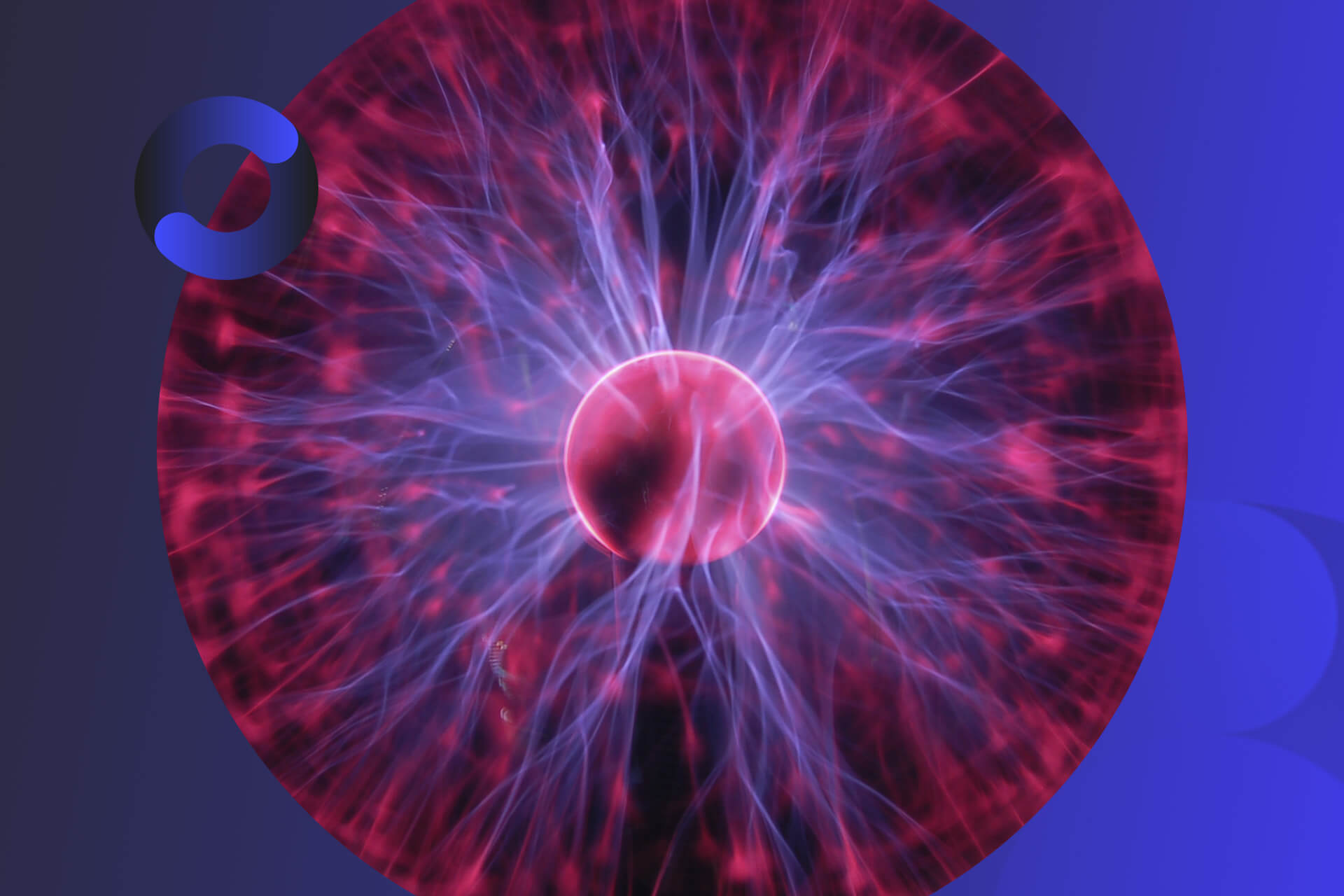
Scientists Excited By How Electric Field Catalysts Control Chemical Reactions
March 11, 2016 - Emily Newton
Revolutionized is reader-supported. When you buy through links on our site, we may earn an affiliate commission. Learn more here.
Scientists have recently discovered that an electric field catalyst can be used to control chemical reactions.
Remember when you rubbed a balloon against someone’s hair and it would stick to them? How about when you pulled off your wooly winter clothes and your hair stood straight up? Or better yet, when you shuffled your socks along the carpet, reached out to your friend and gave them a good shock? All of these happen thanks to static electricity.
As it turns out, the fun can continue when you grow up. Scientists from the Australian National University (ANU) have discovered that static electricity’s applications go beyond shocking your friends — it can control chemical reactions, too!
What the Process Is
Chemical reactions, you say? What are those? When chemicals mix with each other, they yield a chemical change by way of “products,” or the results of the mixing. The products of a reaction are separate from the reactants, or the chemicals associated with the initial chemical reaction.
The scientists have controlled reactions by using static electricity using something called an electric field catalyst.
A catalyst is a force that speeds up a reaction. Normally, scientists use rare chemicals as catalysts, but they have downsides. They’re expensive, they can contaminate the products and they can add unwanted by-products to the results of the reaction.
By placing the reagents to align them with the electric field, the field stimulates the chemical reaction.
Tests Look Good
The ANU team tested the electric field catalyst on the Diels-Alder reaction, a common chemical reaction. They used the reaction to make a variety of chemicals, most notably cortisone, a drug that suppresses inflammation. The rate of the reaction was improved by a factor of five — quite an impressive improvement!
In a statement released by ANU, lead researcher Michelle Coote said, “Nature uses enzymes as the ultimate catalyst, which can vary reaction rates by 14 orders of magnitude. Enzymes work with carefully oriented charged functional groups, held in precise orientations, effectively generating an oriented electric field within the active site.”
Coote had predicted that electric field catalysts might be able to speed up reactions, but this event was never observed before now. In regular chemical reactions, molecules always align in random directions within the liquid or gas.
The team developed a plan to test the prediction which involved placing all the molecules in the same direction. They then generated an electric field with the edge of a scanning-tunneling electron microscope. The field was used to test each molecule’s electric field polarity and strength.
Coote readily admits that making substantial quantities of products by using this technique isn’t a possibility. Coote told IFLScience, “You couldn’t apply a battery to a giant chemical reaction. The field strength will be too low for one thing.”
The Future Is Bright
This process has strong research applications: It will help scientists further understand natural reactions in a faster and more efficient manner. Electric fields can be rapidly switched on or off, and they exist outside the test tube of the experiment. Researchers will have more remote control over the chemical reaction.
According to the ANU statement, the breakthrough “could speed up manufacturing processes and allow unprecedented control of chemical reactions, for example in manufacturing flexible electronic components based on organic circuits.”
Coote also thinks that the success of this experiment could open up the potential of using electric fields, rather than light or heat, on self-healing polymers. The team has defied the conventional line of thinking when it comes to chemical reactions, making this an exciting step forward in chemical research!
Revolutionized is reader-supported. When you buy through links on our site, we may earn an affiliate commission. Learn more here.
Author
Emily Newton
Emily Newton is a technology and industrial journalist and the Editor in Chief of Revolutionized. She manages the sites publishing schedule, SEO optimization and content strategy. Emily enjoys writing and researching articles about how technology is changing every industry. When she isn't working, Emily enjoys playing video games or curling up with a good book.







Nov22 SisoIf you have the outside room, a saodbnx would be great. My daughter was three when she first got he7r&821#;s. She just turned 5, and one of her presents was a digger thing that we got at Northern Equipment that is kind of like a backhoe, and filled her saodbnx up with new sand. She got a lot of other really nice presents, but that was her favorite. He would probably like something like that.